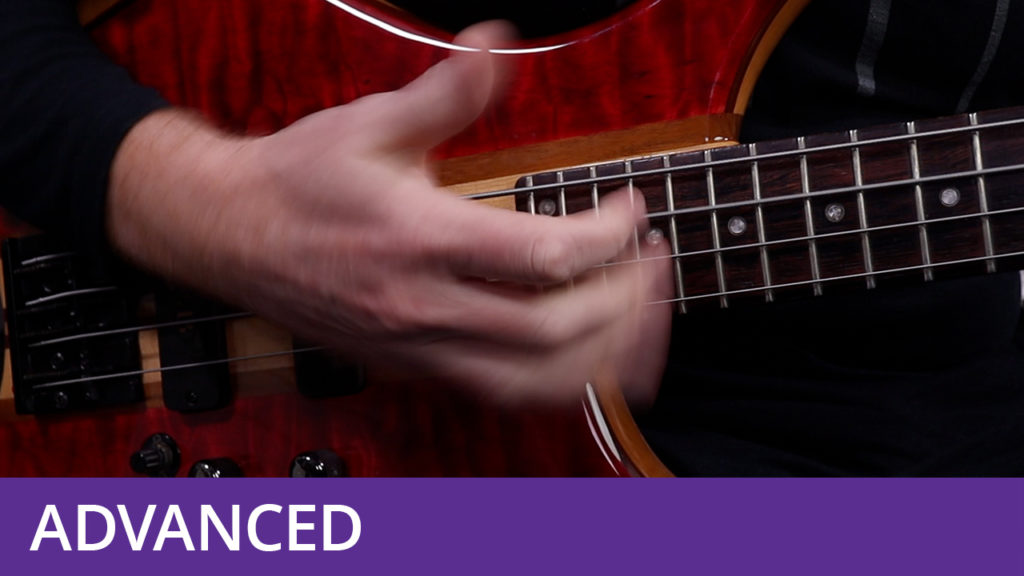Slap Bass – Double Thumbing (Part 1)
Course Duration: 27 Minutes | Difficulty Level: 6
The double thumbing technique is a relatively recent addition to the slap bassist’s arsenal. Although several bassists such as French Canadian virtuoso Alain Caron were using it in the mid-eighties, it really grabbed the attention of bassists everywhere in the nineties, largely thanks to Victor Wooten.
Through his work with Béla Fleck & The Flecktones, Victor has been wowing audiences since 1990 with his dazzling technique. Fast building a reputation for his technical prowess, Victor stunned the bass world in 1996 with the release of his debut album A Show Of Hands. This seminal work has since become one of the most important bass player albums of all time, with Victor proving that it is possible for a bassist to possess truly ridiculous chops while retaining their musical sensibilities and a strong command of the groove. Compositions such as ‘You Can’t Hold No Groove’, ‘Classical Thump’ and ‘Me & My Bass Guitar’ have inspired countless bassists to explore the exciting possibilities of double thumbing. As a result, many other great players have since stepped forward to make their own contributions to the technique.
Don’t forget to hit the Download Resources button above in order to download the PDF worksheet and audio files for this course (available to subscribers only). The worksheet is available with TAB and without, for those who wish to give their reading skills a workout.



